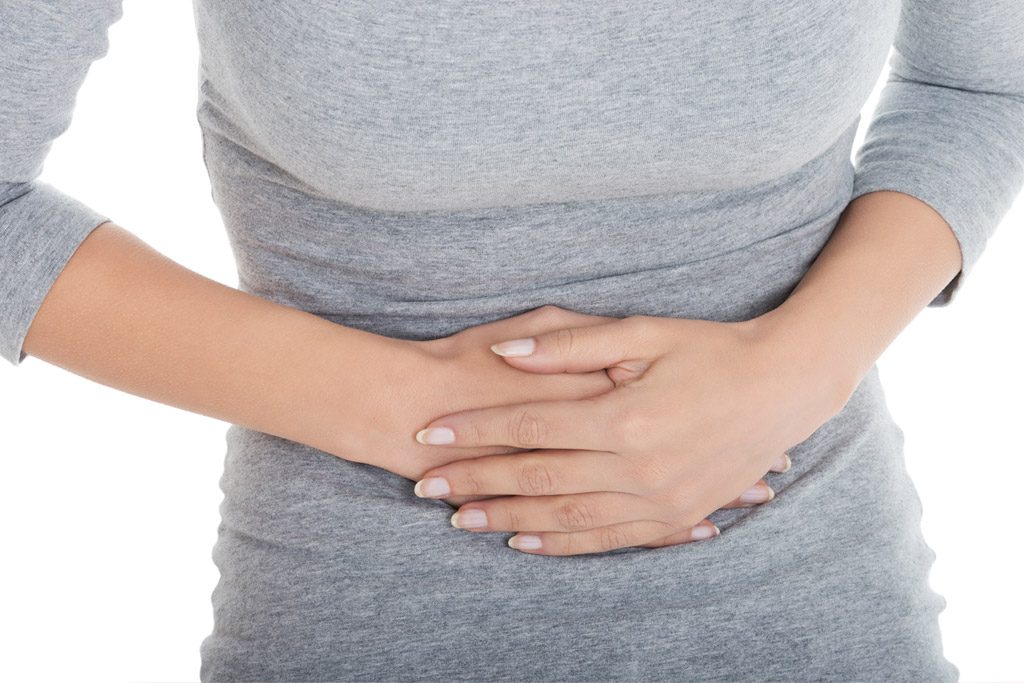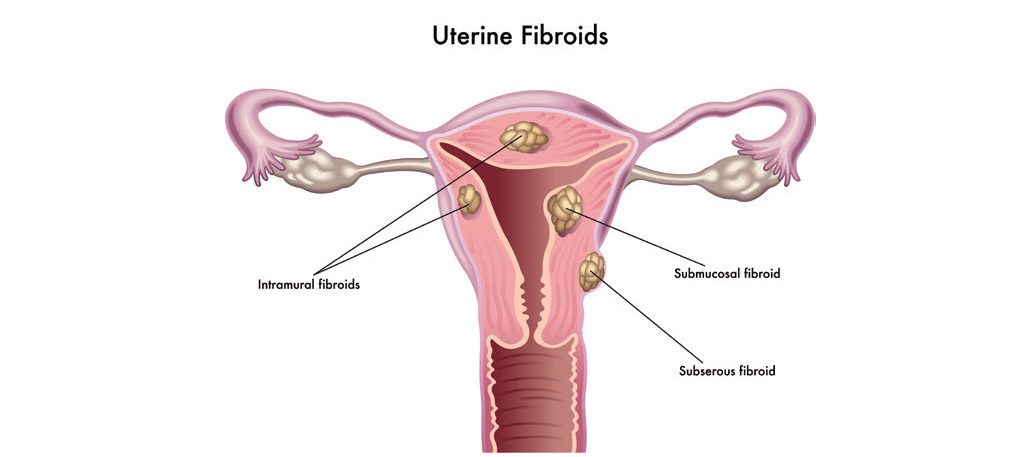
The fibroids are typically non-cancerous tumours, formed around the womb, when the tumour cells multiply. The exact cause of fibroids is unknown. However, fibroids are linked to high levels of oestrogen, the female reproductive hormone produced by the ovaries. They usually develop during a woman’s reproductive years (from approximately 16 to 50 years of age), and then typically get larger with time until she reaches menopause. When hormone levels fall after menopause, fibroids also tend to shrink and sometimes disappear.
Depending on the size and location of fibroids, they may manifest differently with different signs and symptoms. Fibroids may start off as small as little grapes-difficult to see on ultrasound scan, but can grow to be as large as watermelons. Symptoms include heavy and painful menstruation.
Treatment options include:

- Conservative treatment – Observation of the fibroids with repeat ultrasound scans every few months to ensure that the fibroids remains stable in size. If fibroids are large or grow rapidly, there is a risk that the fibroids may undergo cancerous change.
- Medical treatment – Usually involves medication to relieve symptoms such as heavy or painful menstruation.
- Surgery – May sometimes be the best option especially where medical treatment is not working. Surgery can be performed by minimally invasive laparoscopic surgery or sometimes hysteroscopy, depending on the size and location of the fibroid.
Some possible complications associated with fibroids are:
- Fibroids and pregnancy
During pregnancy, levels of the female reproductive hormone, oestrogen, can increase by as much as five times the normal amount. Some fibroids may respond to the high oestrogen levels by increasing further in size, which may affect the development of the baby, or cause problems during labour and delivery. In some cases, a Caesarean section may be required.
Another problem that may affect patients with fibroids in pregnancy is pain. The pain can be so severe that some patients have required hospitalization for bed rest and pain relief. - Infertility
Infertility may occur in cases where a woman’s fibroids are very large. Large fibroids can sometimes prevent a fertilised egg from attaching itself to the lining of the womb. In other cases, the fibroid may be ‘submucosal’ i.e. grows from the muscle wall into the cavity of the womb. Such a fibroid may block a fallopian tube or the entrance to the uterus, making it harder for eggs and sperm to meet.
Some patients experiencing difficulty getting pregnant may be found to have such fibroids on ultrasound scan. After undergoing resection of such fibroids, pregnancy may then be achieved soon after. - Urinary retention
Some fibroids growing to a large size, on the front wall of the uterus near the bladder, can cause frustrating urinary symptoms, including urgency and frequency.
Such fibroids may also press on the bladder neck and cause urinary retention i.e. inability to empty the bladder. In such cases, surgery is needed for the removal of the fibroid or uterus. - Pedunculated fibroids
Pedunculated fibroids grow from the outside wall of the womb and are attached to the womb wall by a narrow stalk. Sometimes the stalk may twist and cause pain. Due to their location, they may be mistaken for ovarian cysts on ultrasound scan.







